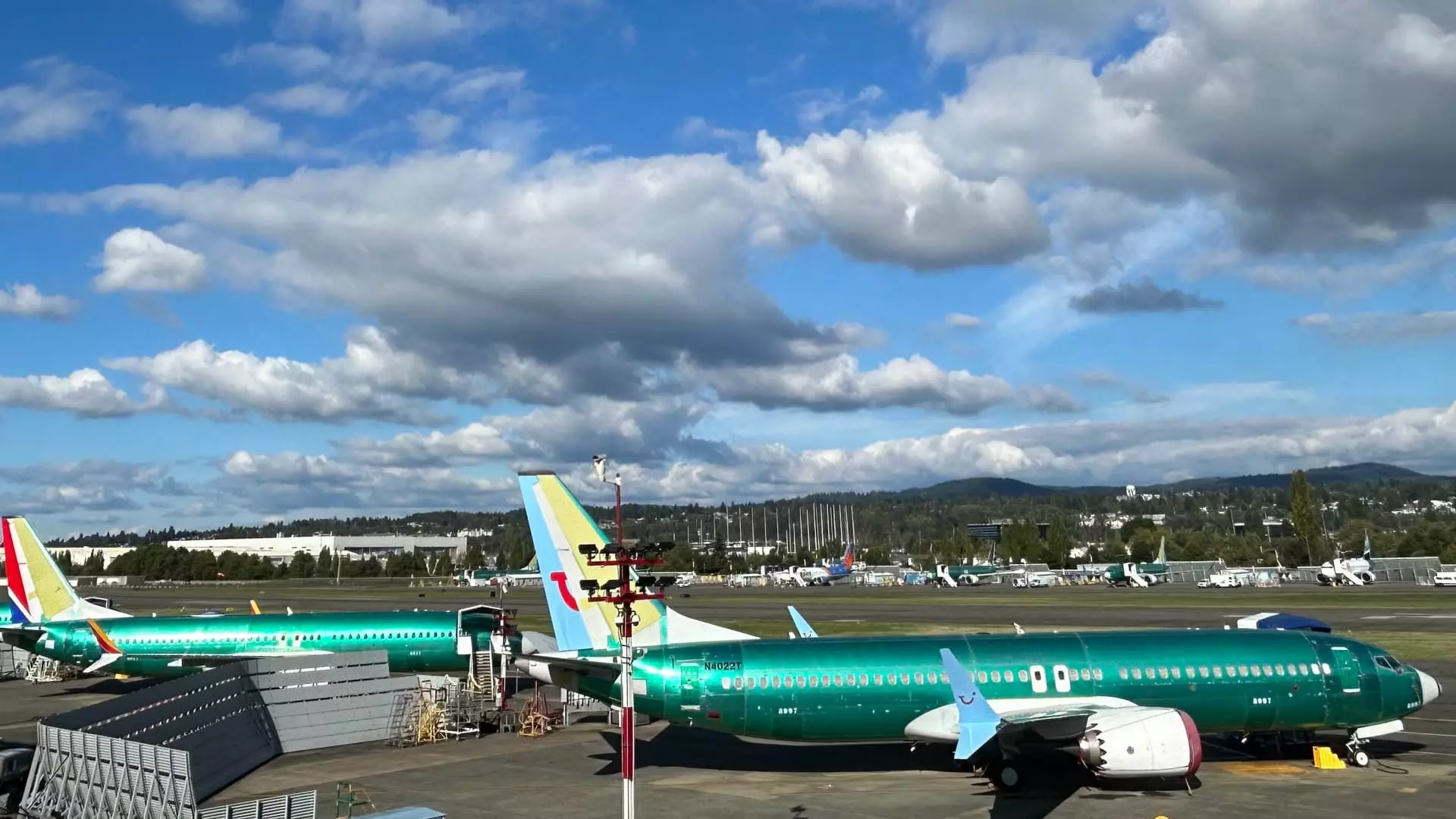The saga of Boeing’s delivery of new Air Force One aircraft encapsulates several intricate layers of frustration, not only for a sitting president but also for the larger aerospace industry. The issues surrounding the development and delivery of these planes illustrate broader themes such as contract negotiations, corporate accountability, and the balancing act of political influence with manufacturing realities. President Donald Trump’s recent expressions of exasperation over the delayed delivery of two new Boeing 747s serve as a critical case study of these multifaceted challenges.
The heart of the problem lies in the significant delays surrounding the Air Force One program, which was initially projected to be a straightforward project. Trump negotiated a hefty $4 billion contract during his first term, but the realities of production have led to serious grievances. Current estimates suggest over $2 billion in cost overruns, a hefty sum that raises questions about accountability and the budgeting processes within Boeing. When high-profile contracts such as these are delayed, it damages the trust between government and contractors, underscoring the risks associated with multi-billion dollar deals.
Existing pressures, both financial and political, can create a ripple effect through the corporate decision-making process. The longer the delay, the more questions arise regarding the fiscal responsibility of Boeing, as well as potential confrontations with future administrations that may have different priorities. In this light, Boeing’s credibility as a government contractor has come under scrutiny, potentially endangering its future contracts with the government.
Interestingly, the dynamics have shifted somewhat with the involvement of Elon Musk, renowned for revolutionizing space travel through SpaceX. Musk’s involvement could be seen as a double-edged sword; while it brings innovative problem-solving skills to the table, it also raises eyebrows given that SpaceX is essentially a competitor in the defense and aerospace market. But perhaps this speaks to the necessity for cross-functional collaboration in the face of urgent delivery deadlines. As Boeing’s Chief Executive Kelly Ortberg pointed out, Musk’s ability to discern between critical technical requirements and unnecessary hindrances has proven valuable.
The peculiar alliance highlights the ever-evolving nature of business relationships, particularly in sectors relying on rapid technological advancement. Musk’s input may act as a catalyst for innovation within Boeing that is sorely needed if the company hopes to meet rising demands from both government and commercial customers.
A Presidential Impatience: Considering Alternatives
Against this backdrop, Trump’s remarks aboard the current Air Force One aircraft illuminate the urgency and frustration leaders experience when dealing with bureaucratic delays. Trump’s contemplation of alternative aircraft options underscores a growing impatience not just in governmental circles but also among the public who expect their leaders to operate seamlessly—even when faced with systemic challenges.
This urgency is not confined to government procurement. Many airlines are similarly frustrated with delayed deliveries, especially as travel demand rises post-pandemic. The airline industry has faced a whirlwind of challenges, from supply chain disruptions to leadership changes at major corporations like Boeing. As airlines express cautious optimism in Boeing’s recovery, the implications of these delays extend far beyond just Air Force One.
The Future of Boeing in the Aerospace Landscape
Boeing now finds itself at a critical juncture in rebuilding its reputation. With Ortberg at the helm since August, there’s hope for a turnaround, receiving positive feedback from industry insiders like airline CFOs who have witnessed gradual improvements in delivery timelines.
However, the path ahead remains fraught with challenges. The potential for another disruption—such as the near-catastrophic incidents that have plagued the manufacturing process—remains ever-present. Boeing must demonstrate that it can not only enhance production reliability for its flagship 737 MAX but also confidently deliver on prestigious contracts such as Air Force One.
The saga of Air Force One serves as a compelling microcosm of the broader challenges within the aerospace industry. The interplay of political urgency, corporate accountability, and innovative problem-solving exemplifies the complexities that define today’s manufacturing landscape. As Boeing seeks to regain the confidence of its stakeholders, the lessons learned from this moment in history could define its trajectory for years to come.

